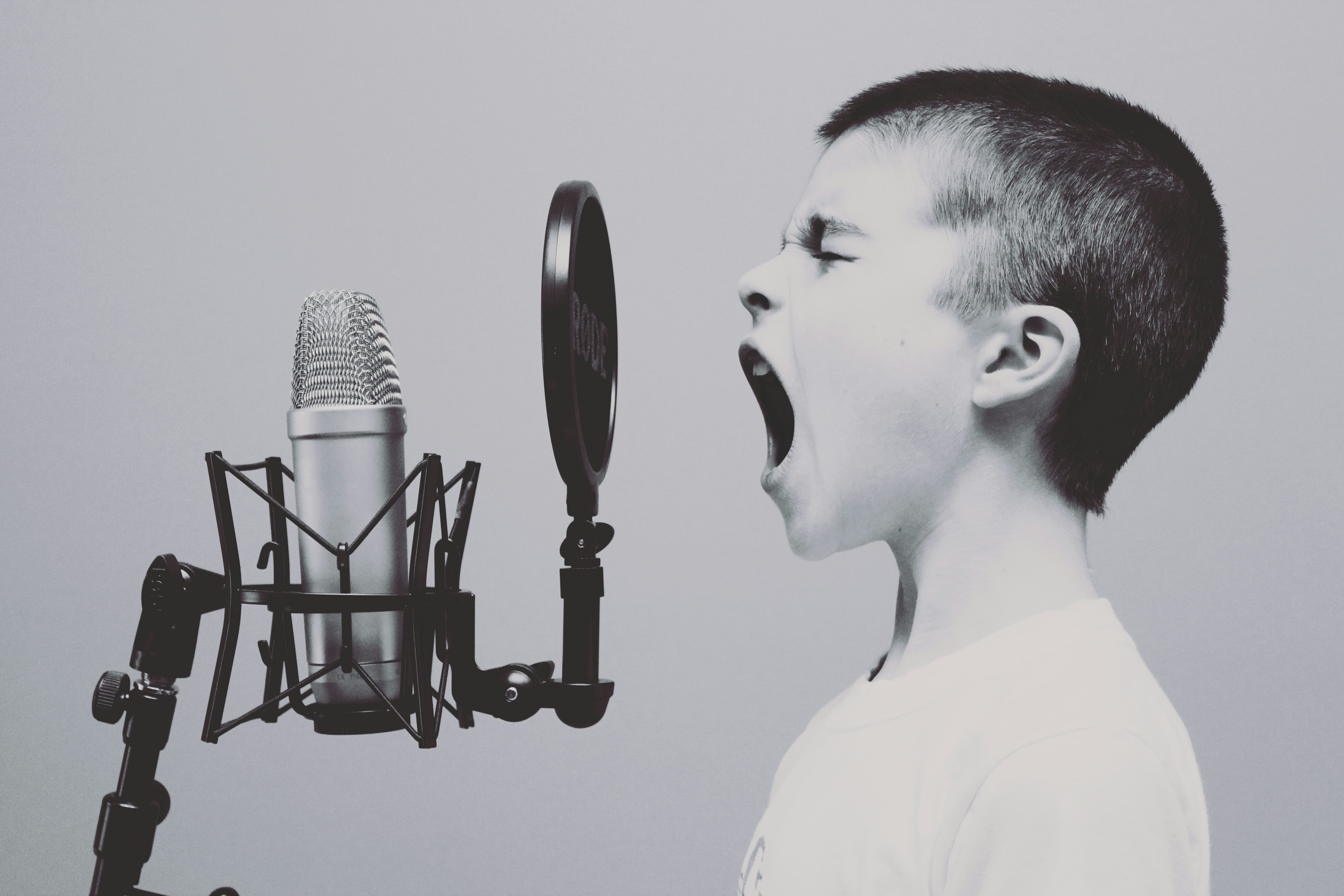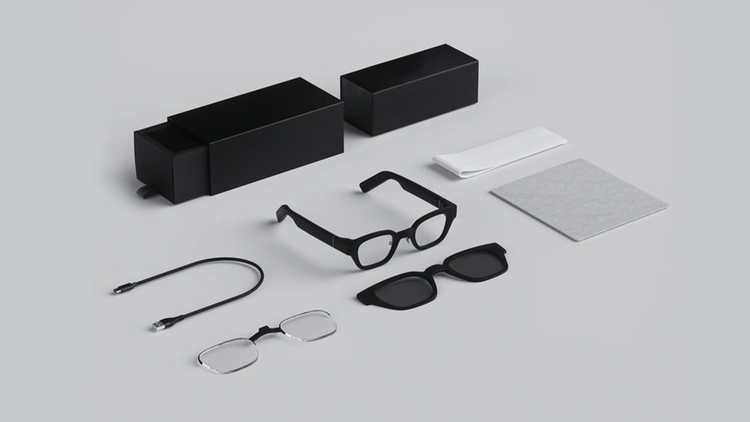
Understanding the unique qualities of Deaf voices opens doors to a world rich in diversity and culture. Deaf and Hard of Hearing individuals possess voices that reflect their vibrant identity. These voices challenge conventional perceptions and inspire new ways of thinking. Embracing these differences enhances communication accessibility for everyone. The journey toward inclusivity begins with recognizing the importance of diverse vocal expressions. HearView is committed to supporting the Deaf and Hard of Hearing community by providing innovative solutions that empower individuals to engage more easily in conversations.
Characteristics of Deaf Voices
Vocal Features in Deaf and Hard of Hearing Individuals
Nasalization
Deaf and Hard of Hearing individuals often experience nasalization in their speech. This occurs when sound resonates more through the nose. Reduced auditory feedback affects how one perceives vocal resonance. Embrace this unique quality as a reflection of a rich cultural identity.
Pitch and Volume
Pitch and volume vary significantly in Deaf voices. Some individuals may speak with higher or lower pitch levels. Volume control can also present challenges. These variations create a distinct vocal expression. Celebrate these differences as part of the diverse tapestry of human communication.
Intonation Issues
Intonation in Deaf voices may appear monotone. The inability to hear the full range of sounds influences this quality. Intonation issues do not diminish the value of one's voice. Every voice carries a story worth sharing.
Challenges in Producing Sounds
Producing certain sounds poses challenges for Deaf individuals. Fricative sounds like 'f', 's', and 'th' require specific articulation. Overcoming these challenges showcases resilience and creativity. Every effort to communicate deserves recognition and respect.
Causes of Unique Vocal Characteristics
Auditory Feedback in Deaf and Hard of Hearing
Understanding the unique vocal characteristics of Deaf and Hard of Hearing individuals begins with auditory feedback. This feedback plays a crucial role in shaping how voices develop and sound.
Reduced Auditory Feedback
Deaf and Hard of Hearing individuals often experience reduced auditory feedback. This lack of feedback affects how they perceive their own voice. Without hearing the full range of sounds, adjustments in speech become challenging. The absence of clear feedback leads to unique vocal qualities. These qualities include variations in pitch and volume.
Scientific Research Findings:
-
Voice Quality and Speech Intelligibility Among Deaf Children: Abnormalities in phonation and articulation can negatively affect intelligibility and voice quality. This highlights the impact of reduced auditory feedback on speech.
Lack of Auditory Monitoring
Lack of auditory monitoring further influences vocal characteristics. Deaf and Hard of Hearing individuals may find it difficult to modulate their voice. This challenge results in distinct speech patterns. Every voice tells a story of resilience and adaptation.
The visual nature of communication becomes more prominent. Ben Bahan's essay on the 'Seeing Person' celebrates this visual connection. Deaf and Hard of Hearing individuals embrace this identity with pride.
Every unique vocal expression enriches the tapestry of human communication. Celebrate these voices for their strength and creativity.
Cultural and Linguistic Identity

Role of Sign Language
Sign language serves as a powerful tool for communication. Deaf and Hard of Hearing individuals use sign language to express thoughts and emotions. American Sign Language (ASL) holds a special place in the American Deaf community. ASL embodies a culturally Deaf identity. The language uses hands, faces, bodies, and eyes to convey meaning. This visual language offers a unique medium for personal expression.
Complement to Vocal Communication
Sign language complements vocal communication. Deaf and Hard of Hearing individuals may use both methods to enhance understanding. Visual language skills enrich conversations. Markku Jokinen highlights the importance of visual language. Jokinen celebrates the use of eyes, body, and movement in communication. These skills create a rich tapestry of expression. Embracing sign language strengthens connections between people.
Linguistic Identity
Sign language shapes linguistic identity. Deaf and Hard of Hearing individuals find pride in this identity. Families embracing Deaf culture strengthen bonds with their Deaf child. Sign language fosters a sense of belonging. The language connects individuals to a vibrant community. Celebrating linguistic identity enriches cultural diversity. Every voice deserves recognition and respect.
Implications for Communication
Enhancing Accessibility for Deaf and Hard of Hearing
Communication accessibility transforms lives. Deaf and Hard of Hearing individuals deserve tools that empower engagement. Hearview Glasses provide a groundbreaking solution. These smart glasses convert spoken language into real-time text, displayed directly in the user’s field of view. Conversations become clearer and more accessible in various settings.
HearView Glasses enhance communication in busy environments like restaurants, classrooms, and meetings. The technology ensures that users can follow conversations without missing critical information. Every interaction becomes more inclusive and connected.
Role of Hearview Glasses
Hearview Glasses redefine communication. The lightweight design offers comfort for all-day use, and the glasses function for up to 7 hours on a single charge. The advanced speech recognition technology provides an impressive 95% accuracy in converting speech to text. Users can view captions in real-time, making it easier to follow conversations, even in group settings.
Imagine attending events without the worry of missing important conversations. Family gatherings, business meetings, and social events become more engaging and inclusive. HearView Glasses make this vision a reality by empowering users to participate fully in every moment.
Real-life Examples and Testimonials
Real users share inspiring stories. Many describe life-changing experiences with HearView Glasses. One user felt included at a family reunion for the first time, while another excelled in a professional meeting without needing repeated explanations. These testimonials highlight the transformative power of HearView.
Join the community of satisfied users and discover how HearView Glasses can enhance your interactions. Experience clearer conversations and deeper connections. Embrace the future of communication accessibility today.
Deaf voices possess unique qualities that enrich human communication. These voices reflect resilience and creativity. Each voice tells a story of strength and adaptation. Embrace these differences to foster inclusivity and understanding. Communication accessibility solutions like Hearview Glasses empower Deaf and Hard of Hearing individuals. These tools enhance engagement in various settings. Every conversation becomes clearer and more inclusive. Celebrate the diversity of voices and support innovative solutions. Join the journey toward a world where every voice is heard and valued.


